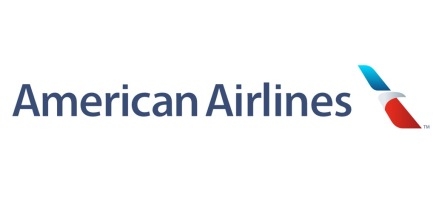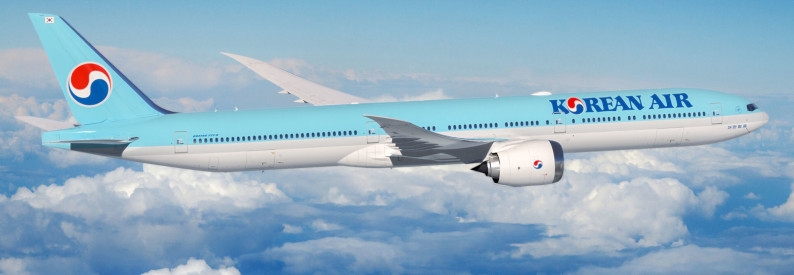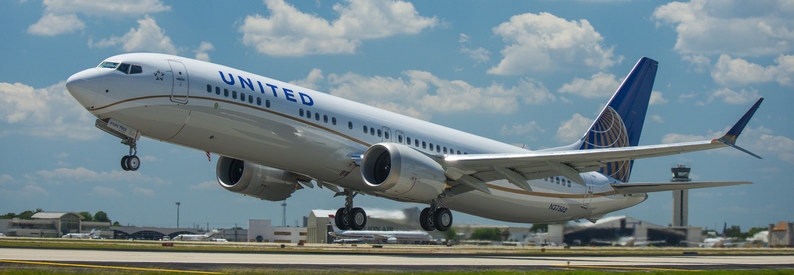American Airlines (AA, Dallas/Fort Worth) is bucking an industry-wide trend to retire 50-seater single-cabin aircraft and is re-introducing CRJ200s on at least ten domestic routes next year in partnership with its regional capacity provider Air Wisconsin (ZW, Appleton Outgamie County Regional) flying under the American Eagle brand.
According to schedules data at hand confirmed by an American Airlines spokesperson, the following routes from Chicago O'Hare will again see the smaller city hoppers from April 2023: Appleton Outgamie County Regional, Flint, Dayton James M. Cox, Cedar Rapids, Omaha Eppley, Huntsville International, Kalamazoo, Manhattan, Milwaukee General Mitchell, and Waterloo.
This comes as Air Wisconsin switches back from United Airlines (UA, Chicago O'Hare) – which is phasing out single-cabin 50-seat E145s and CRJ-200s by 2026 – to American Airlines early next year under a new five-year capacity purchase agreement. Under its terms, Air Wisconsin may deploy up to sixty CRJ-200s under the American Eagle brand, starting with forty phased in monthly from March 2023 until October 2023. According to the ch-aviation fleets module, Air Wisconsin owns sixty-three CRJ200LRs and one CRJ200ER.
In April 2020, American Airlines had announced the retirement of all CRJ200s operated by regional partner PSA Airlines.
Also in 2020, Delta Air Lines (DL, Atlanta Hartsfield Jackson) announced it would phase out its 125 CRJ-200s flying under the Delta Connection brand by the end of 2023. The decision forms part of Delta's fleet simplification strategy, intended to modernise and streamline the company’s fleet, enhance the customer experience, and generate cost savings.
Data compiled by the Regional Airline Association (RAA) shows the number of 50-seat CRJ200s flown by US carriers declined by more than 60% between 2008 and 2020 as airlines increased their flying in dual-class 70 to 76-seat regional aircraft. The number of E135s, E140s, and E145s with 37 to 50 seats declined by 40%.
The trend also follows a severe shortage of experienced captains on regional airlines resulting in US mainline carriers cutting out smaller routes to focus on higher-yield dual-class flying. American Airlines was forced to cut out Dubuque (Iowa) and Toledo Express (Ohio) from Chicago because of the pilot shortage at capacity provider Envoy Air (MQ, Dallas/Fort Worth), which could now be reinstated with Air Wisconsin, reports The Points Guy.
The RAA says the ongoing pilot shortage has led to diminished or lost air service at 76% of US airports, according to published schedule data for October 2022 compared to the same 2019 period. "This translates to more than 500 regional aircraft parked without pilots to fly them and an associated air service retraction at 324 communities," said RAA chief executive Faye Malarkey Black. "Fourteen airports have lost all scheduled commercial air service – a number that is still rising.” The US airline sector is short of 8,000 pilots. “We are on the precipice of a wholesale collapse of small community air service,” she warned.
The future of 50-seat single-cabin flying was hotly discussed at the RAA Leaders Conference in Washington DC earlier this year. Sentiments were expressed that the current situation was cyclical and provided an opportunity to re-visit community services with smaller aircraft and do it more sustainably as new green technologies come online. "What do airlines do in response to a shortage of pilots? They fly fewer flights in bigger aircraft. I see an opportunity coming that might allow us to go back and repeat what we did many years ago and that would require new aircraft coming online from the manufacturers," commented CommuteAir (C5, Cleveland Hopkins) Executive Chairman John Sullivan.
Feedback from MHIRJ Aviation Vice President Ross Mitchell was that airlines would return their 50-seat aircraft to service if they could find pilots to fly them. "The one advantage that 50-seaters have today is that they are all pretty much paid for. That helps a lot as pilot wages go up. So 50-seaters would be in service but for the lack of pilots, and if we get pilots, they will be back in service, serving small communities," he said.
Others agreed the demand for 50-seaters continued to exist as they provided the frequencies that kept small communities connected. A short-term solution of removing seats and operating paid-for aircraft under Part 135 certification [not subject to the FAA 1,500-hour flight rule imposed on Part 121 operators] was mooted by Republic Airways President and Chief Executive Officer Bryan Bedford. A similar plan has already been actioned by SkyWest Airlines, which is migrating about twenty CRJ200s retrofitted with 30-seats to its SkyWest Charter (CW, St. George Municipal) subsidiary by Summer 2023.
The conference also heard that in the first 14 months of the pandemic, regional aircraft flying was tracking better than narrowbody flying. Still, around July 2021, regional aircraft block hours started to decline and have been in a steady decline ever since. Broken down by class, the decline is driven primarily by the 19 to 50-seater category, while 70-seater aircraft and narrowbodies continue to gain domestic market share.








